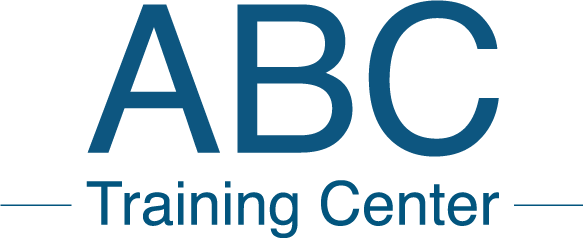A variety of patient situations are covered during home health aide training in NYC. One issue you are sure to encounter is patient mobility. One’s mobility may be impaired due to bone fractures, osteoporosis, cognitive disorders, stroke, and a host of other health issues.
Without any improvement, restricted mobility can lead to a breakdown of skin, contractures, depression, and pneumonia. A patient’s health is at risk the more they remain immobile. The number of older adults continues to grow, and 42% report having some level of disability related to pain, fatigue, weakness, strength and balance, or fear of falls, according to the journal Geriatric Nursing.
Encouraging Patient Mobility
As you apply home aide training, NYC is an ideal place to learn ways to get patients moving. Here are a few strategies to focus on, whether the patient is still in the hospital, recovering at home, or has a chronic disability.
Encourage them to start walking: If the patient is able, this should be started as soon as possible. Apply lifts or slings as needed if one can’t be ambulatory without assistance. Dangling their legs off the bed can be a good start as well.
Use mobility assistance devices: Reduce the risks of being immobile by assisting the patient using:
- Walkers
- Gait belts
- Handrails
- Commodes
Give the patient time: Home health aide classes in NYC often teach you to do things in a timely fashion, given a busy schedule. Don’t overtreat the patient; allow them enough time to complete mobility tasks unassisted so not to slow their recovery and undermine their self-confidence.
Use range of motion exercises: These keep or improve flexibility in body joints, help reduce pain, and improve the person’s strength and balance. Perform passive range of motion exercises if necessary but encourage the patient to do active exercise regularly.
Converse with the patient: Some patients are physically capable of walking but don’t. Discuss what frightens them; if they fear falling, ask about what assistance would help them overcome this fear—if, for example, the fear of falling is there with a cane, use a walker at first.
Involve family members: Discuss with family how important mobility is. Some patients are apprehensive about walking with an aide, but may do so with a spouse or grandchild—loved ones can help with recovery by taking walks or getting involved with active range of motion exercises.
ABC Training Center Gets You Started
Medical assistant programs in NYC prepare you to help patients in many ways. Encouraging mobility depends on the patient’s condition. If they’re bedridden, start with range of motion exercises and work toward them sitting up in bed. Once they improve, allow them to dangle their legs and work on strengthening activities
As patients progress to the point they can stand and sit in a chair with little assistance, continue adding activities. Improvements include getting up to the sink for self-care. The ability to walk with mobility aids is an important step to recovery.
These strategies apply whether you’re attending a top medical assistant school in NYC or receiving home health aide training in NYC. If looking for a medical assistant school NYC students trust, enroll with ABC Training Center. Our nationally certified program prepares you to work in any medical setting. Continue browsing to learn more about our home health aide and medical assistant training in New York, or call us at 718-618-5589.
Source
